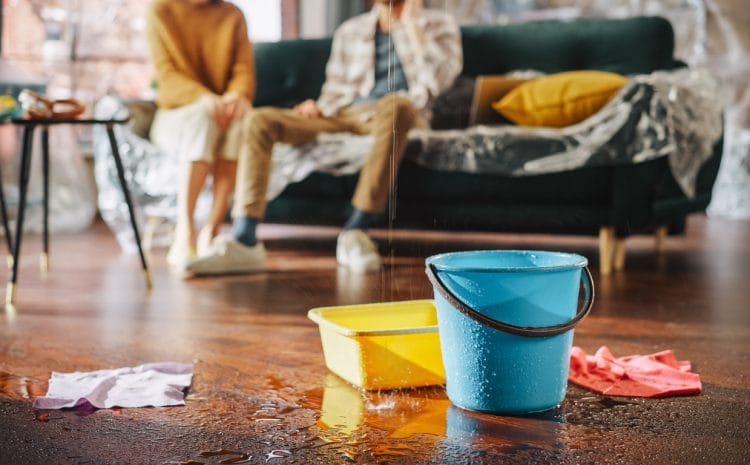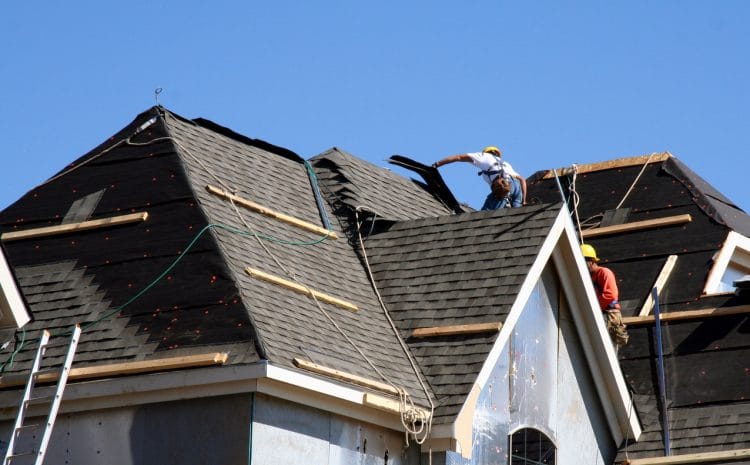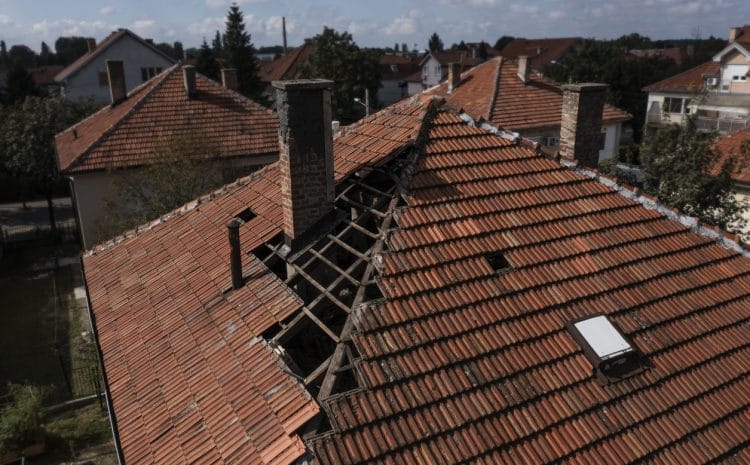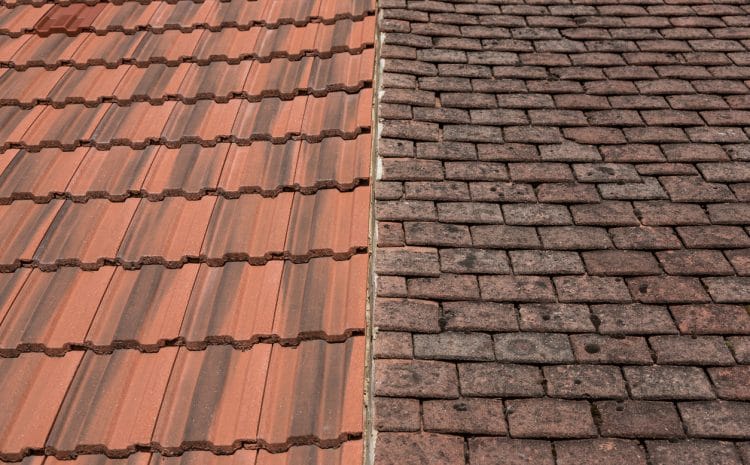How to Identify Hidden Signs of Water Damage Before It’s Too Late?

Water damage is one of the most silent threats to homes and commercial properties across Florida. While some water damage is obvious—like a flooded basement or a leaking roof—other times it goes unnoticed until it’s too late. Mold growth, structural decay, and health risks are just a few consequences of failing to spot the early signs of water damage.
Whether you’re a homeowner, landlord, or business owner, learning how to detect hidden water damage can save you from costly repairs and denied insurance claims. In this blog, we’ll walk you through how to identify the early and hidden signs of water damage, what causes them, and what actions to take before they turn into a full-blown disaster.
Why It’s Important to Catch Signs of Water Damage Early
Water damage doesn’t just affect your walls or flooring—it can compromise your foundation, insulation, wiring, and even your health. In Florida, the high humidity levels and storm-prone climate make homes especially vulnerable.
When left untreated, hidden water damage can lead to:
- Mold growth and air quality issues
- Wood rot and structural damage
- Electrical hazards
- Insurance claim denials due to neglect
- Lower property value
That’s why understanding and recognizing the signs of water damage early is critical to protecting your property and financial investment.
What Are the Most Common Hidden Signs of Water Damage?
Not all water damage is obvious. Some of the most severe problems start behind walls, under floors, or inside ceilings—out of plain sight. Here’s what you should look (and listen) for:
1. Discoloration or Staining on Walls and Ceilings
Subtle brown, yellow, or gray stains on drywall or ceilings are among the earliest signs of water damage. These spots may expand over time, indicating ongoing leaks from plumbing, roofing, or HVAC systems.
What to Look For:
- Uneven blotches on the ceiling
- Wall discoloration near pipes or fixtures
- Water rings or shadowing
2. Musty Odors That Won’t Go Away
That persistent, earthy smell in a room may be more than just poor ventilation—it’s often a sign of hidden mold and water damage. When moisture gets trapped in dark, enclosed areas, it promotes mold growth, even if you don’t see it right away.
Where You’ll Smell It:
- Crawl spaces
- Under sinks or cabinets
- Behind baseboards or in attics
If you can smell it, there’s likely already moisture damage occurring.
3. Warped or Buckled Flooring
Hardwood and laminate floors are particularly sensitive to water. If you notice your floors cupping, warping, or separating, it’s a strong indicator of water seeping in from below.
Other Flooring Clues:
- Tile lifting or grout cracking
- Carpet feels damp or smells musty
- Soft or spongy spots underfoot
Catching these early signs of water damage can help you avoid expensive flooring replacements later.
4. Peeling Paint or Bubbling Wallpaper
Moisture trapped behind walls causes paint to peel or bubble, especially in bathrooms, kitchens, and laundry rooms. It may look like an innocent cosmetic issue, but it’s often a sign of water damage inside the wall.
Check For:
- Paint that flakes or cracks for no reason
- Blisters or bubbles under paint or wallpaper
- Dark streaks or dampness behind wallpaper
5. Mold in Unusual Places
Mold thrives in moist environments and is one of the most visible signs of water damage. While it’s common in bathrooms, spotting mold elsewhere—especially on ceilings, corners, or around windows—is a red flag.
Where Mold Hides:
- On HVAC vents
- Under carpets
- Behind furniture pressed against walls
- Inside cabinets or closets
Even small patches of mold could indicate a bigger hidden water issue nearby.
6. Unexplained Spikes in Water Bills
If your water usage hasn’t changed but your water bill keeps climbing, you might have a hidden leak. These leaks could be under the slab, behind walls, or in outdoor irrigation lines.
What to Monitor:
- Monthly water bill comparison
- Water meter movement when no water is in use
- Mildew or damp areas in odd spots
High water bills often go hand in hand with the early signs of water damage.
7. Visible Rust or Corrosion on Pipes and Fixtures
Rusty pipes are a sign of long-term water exposure and potential leaks. Even slight corrosion can suggest that moisture has been affecting the area for some time.
Check These Areas:
- Under sinks
- Water heater base
- Around outdoor hose connections
- Pipe joints or fittings
Ignoring corrosion now could lead to major leaks or burst pipes later.
Causes of Hidden Water Damage in Florida Homes
Florida’s weather and building structures contribute to specific challenges with water damage. Here are a few common culprits:
- Hurricane and storm impact on roofing and windows
- Poor attic or roof ventilation
- Old plumbing systems in aging homes
- Improper appliance installation (washing machines, water heaters)
- Air conditioner condensation leaks
- Clogged gutters or drainage systems
Staying alert to the signs of water damage from these sources can help prevent thousands of dollars in repairs.
How to Prevent Hidden Water Damage Before It Starts
You can’t stop every leak or storm, but you can minimize your risk by taking preventive action:
🔧 Maintenance Tips:
- Inspect your roof, attic, and exterior regularly
- Seal windows and doors to prevent water intrusion
- Clean gutters and downspouts every season
- Check for plumbing leaks under sinks and behind appliances
- Install water sensors near water heaters and laundry rooms
- Use a dehumidifier in humid areas
These simple steps can help catch potential problems before they lead to extensive damage.
What to Do If You Spot Signs of Water Damage
If you suspect or confirm water damage, don’t wait. Time is critical when dealing with moisture, especially in Florida’s humid climate.
✔️ Immediate Actions:
- Document the damage with photos and video
- Stop the source of water, if possible
- Dry out the area with fans or dehumidifiers
- Contact a licensed public adjuster to inspect and assist with your claim
- File an insurance claim promptly
Catching the signs of water damage early—and acting fast—can make the difference between a covered claim and a denied one.
How 411 Claims Help Supports You with Water Damage Claims
At 411 Claims Help, we specialize in helping Florida homeowners and business owners file successful insurance claims for water damage. Whether your claim was denied, underpaid, or delayed, our licensed public adjusters can:
- Identify hidden damage
- Accurately estimate repair costs
- Handle all claim documentation and communication
- Negotiate with your insurance company
- Maximize your payout
We know how to interpret policy language and recognize the true signs of water damage that insurers often overlook.
📞 Call today for a free consultation
🌐 Visit www.411claimshelp.com to get started
Final Thoughts: Don’t Ignore the Signs of Water Damage
Water damage can escalate quickly, silently compromising your property, your finances, and even your health. By staying informed and recognizing the early signs of water damage, you can take control before it becomes a crisis.
Don’t wait for a small stain or musty smell to turn into a major repair bill. Stay vigilant, act quickly, and when in doubt, consult a professional who can guide you through the process.
411 Claims Help is here to make sure your insurance works for you—not against you.



